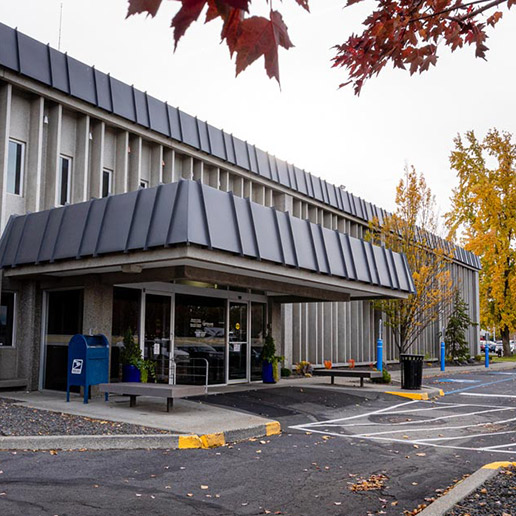
Temperatures are rising across the Inland Northwest, and with the heat comes an increased risk of wildfires. To help residents prepare, the Washington Department of Ecology and other state agencies are launching Smoke Ready Week during the week of June 9.
To stay safe during wildfire season, follow the Department of Ecology’s five-step SMOKE guide:
S — Stay Informed
Check the Air Quality Index (AQI) regularly during wildfire season. If the AQI is high, air pollution levels may be unhealthy. In such cases:
- Stay indoors as much as possible.
- If you must go outside:
- Wear an N95 or KN95 mask.
- Limit physical activity.
- Stay hydrated.
Use the Washington Air Quality Map for local updates and five-day smoke forecasts. For Idaho, visit Idaho Smoke Blog.
M — Minimize Exposure
Certain groups are more vulnerable to wildfire smoke, including:
- Older adults
- Pregnant women
- Children
- People with heart or respiratory conditions
Common symptoms of smoke exposure include:
- Coughing
- Difficulty breathing
- Stinging eyes
- Scratchy throat
- Sinus irritation
- Wheezing or shortness of breath
- Chest pain
- Headaches
- Asthma attacks
- Fatigue
- Rapid heartbeat
O — Optimize Your Air
To improve indoor air quality:
- Keep windows and doors closed.
- Avoid activities that generate indoor pollution (e.g., cooking, smoking, vacuuming, burning candles).
- Use a freestanding air purifier with a HEPA or MERV 13 filter.
- You can make a home indoor clean air filter with a box fan and a MERV 13 filter. The Washington Department of Ecology has a DIY guide on how to build a clean-air fan.
K — Keep a Plan
If a wildfire threatens your area, be ready to evacuate quickly:
- Refill essential medications.
- Keep important documents in an easily accessible place.
- Have an evacuation plan that includes a cleaner air shelter.
- Know who to contact for help.
E — Ease Your Mind
Wildfires and smoke can be stressful. Take care of your mental and physical health:
- Engage in calming indoor activities.
- Stay connected with loved ones.
- Practice mindfulness or relaxation techniques.
For more information on wildfire smoke and how to reduce exposure to smoke, please visit:

